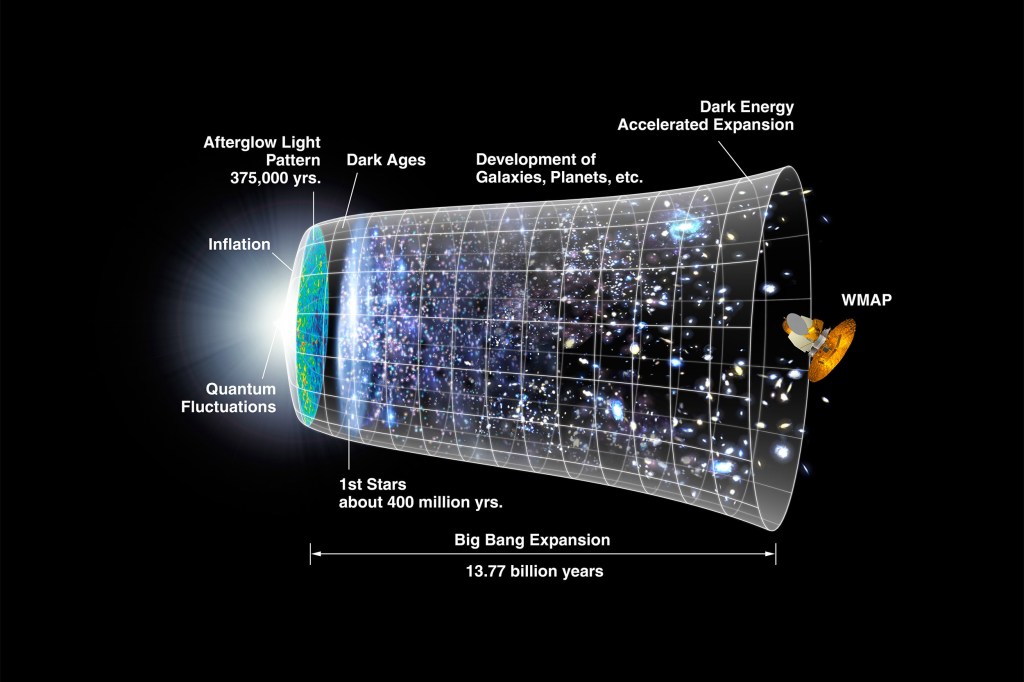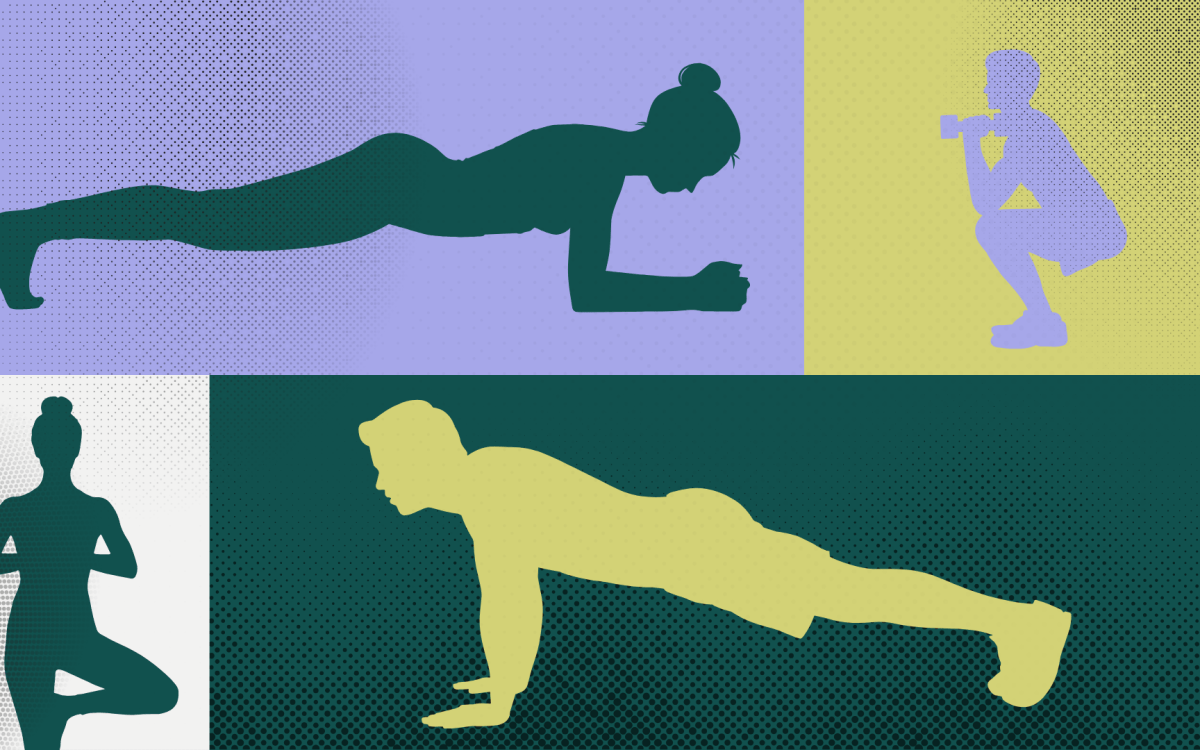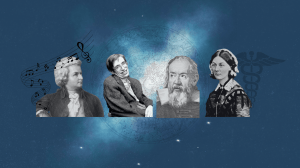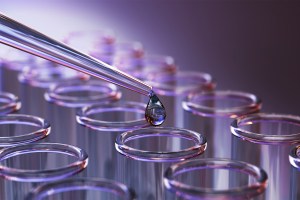Science & Tech
-
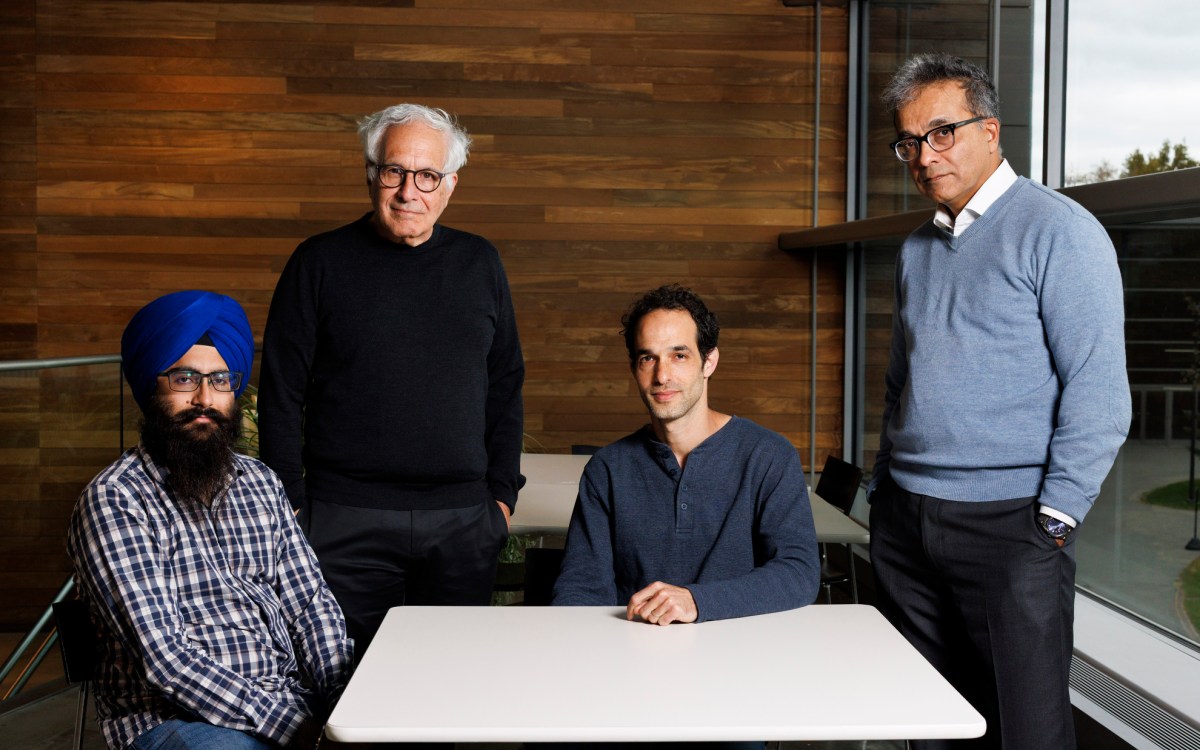
Want to speed brain research? It’s all in how you look at it.
New AI-enhanced scanning method promises to boost quest for high-resolution mapping
-
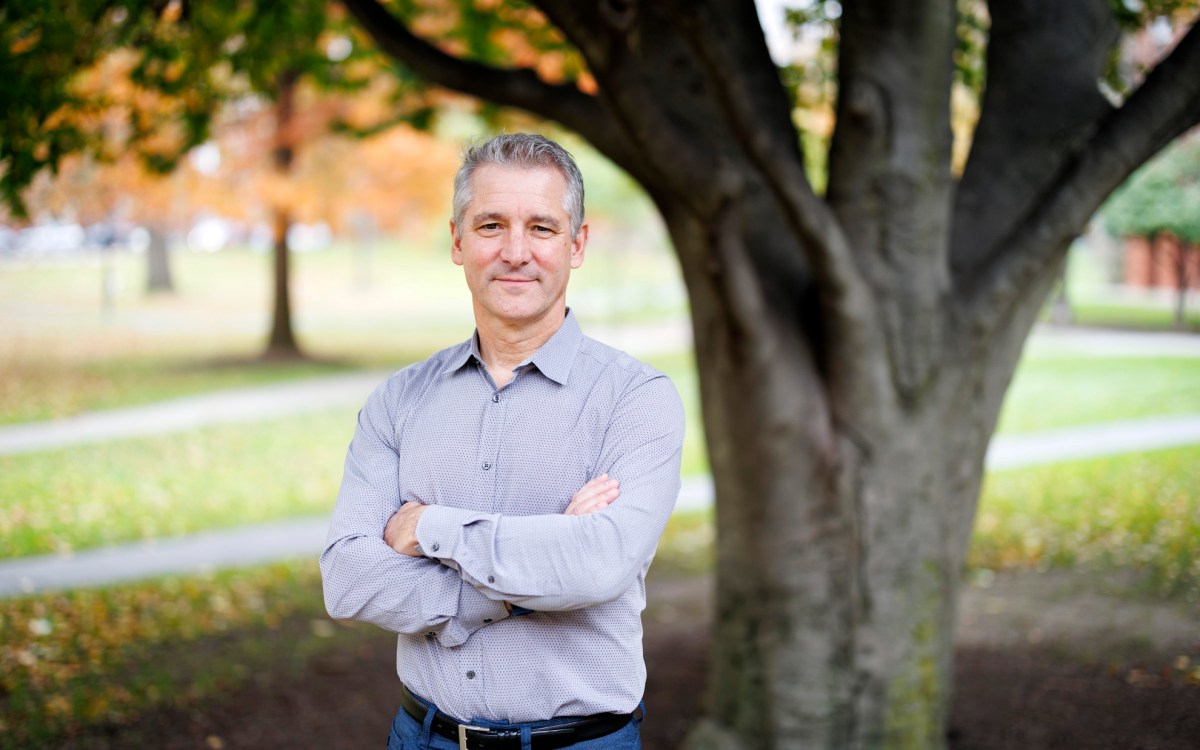
-
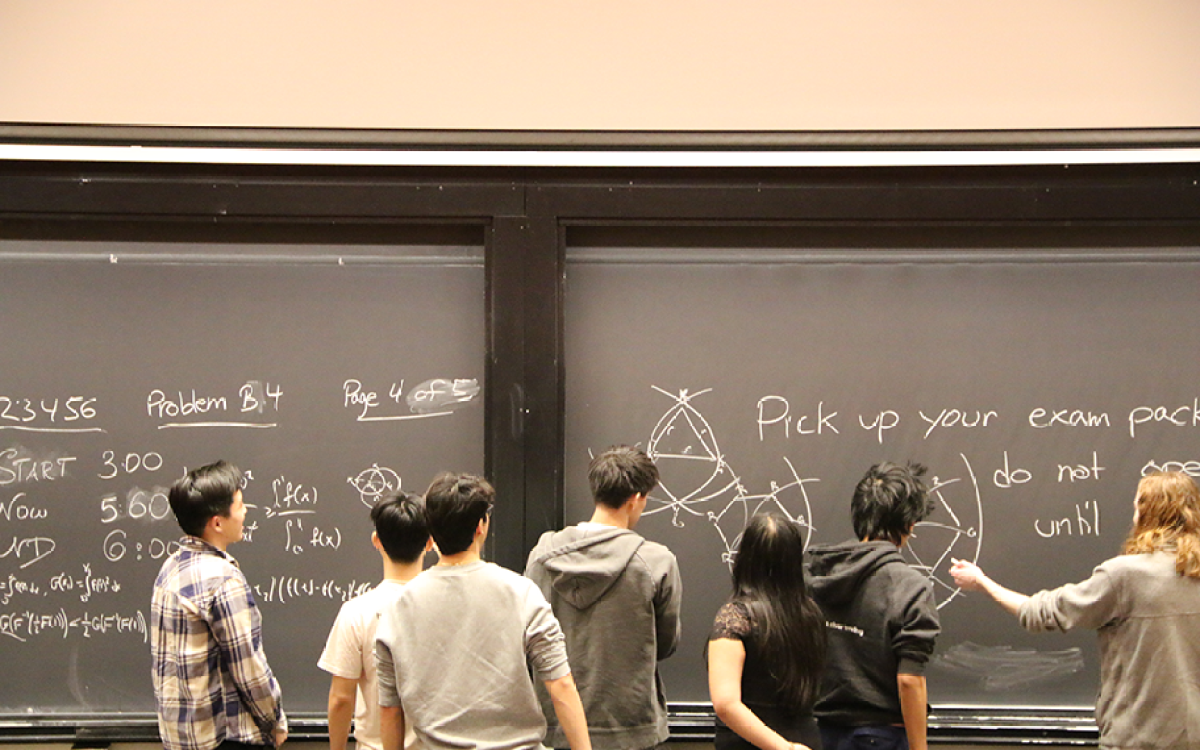
‘It just feels good when you solve the hard problems’
Why do students volunteer to take this notoriously difficult math exam? For the fun of it.
-
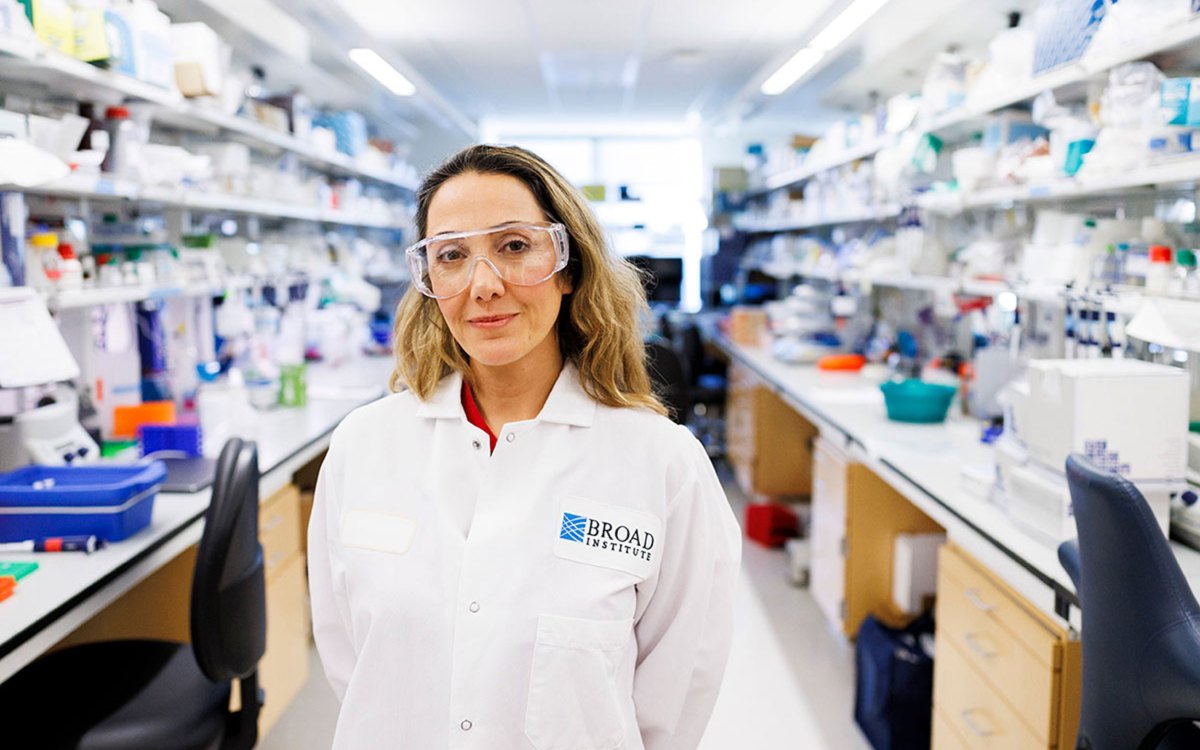
Stopping the next pandemic
Disease surveillance network faced ‘existential cliff’ despite proven success. Then came the $100 million.
-

Rethinking — and reframing — superintelligence
Microsoft researcher says separating AI from people makes systems dangerous and unproductive
-
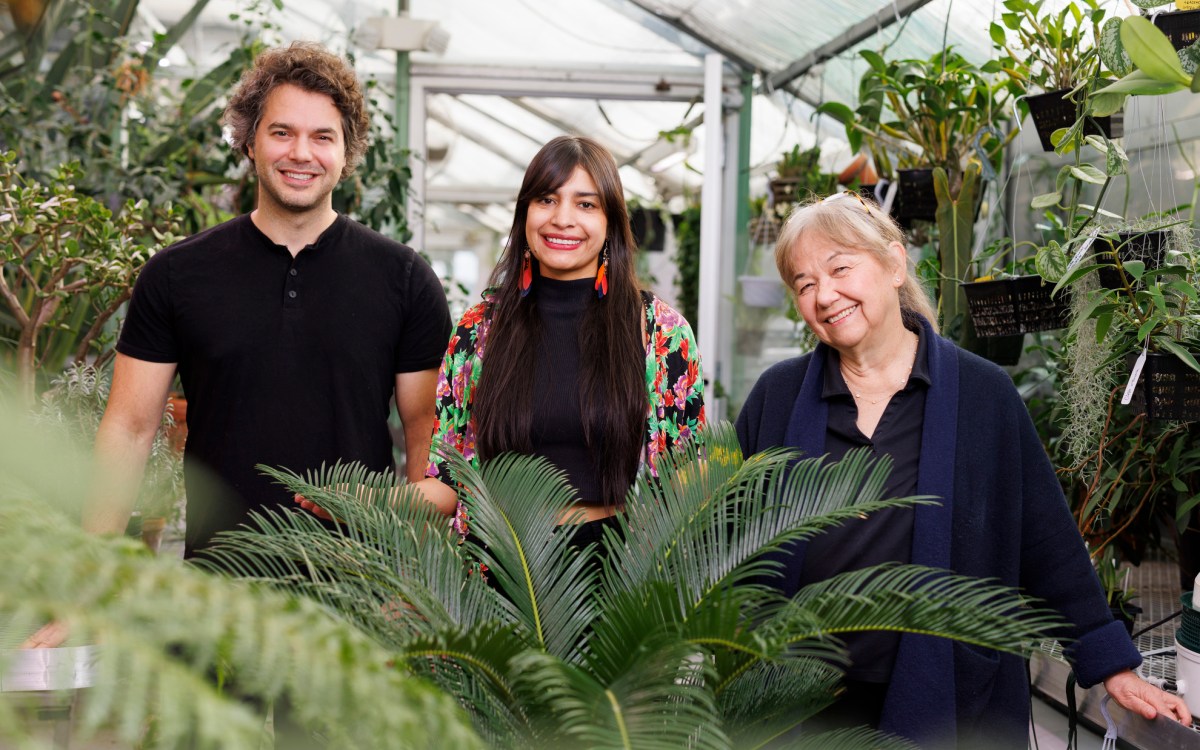
First, male gets heated up, then female, and then, you know
Study shows infrared radiation from plants serves as invitation to pollinating insects
-
Single letter speaks volumes
Scientists have used an optimized version of the CRISPR-Cas9 gene-editing system to prevent hearing loss in so-called Beethoven mice, which carry a genetic mutation that causes profound hearing loss in humans and mice alike.
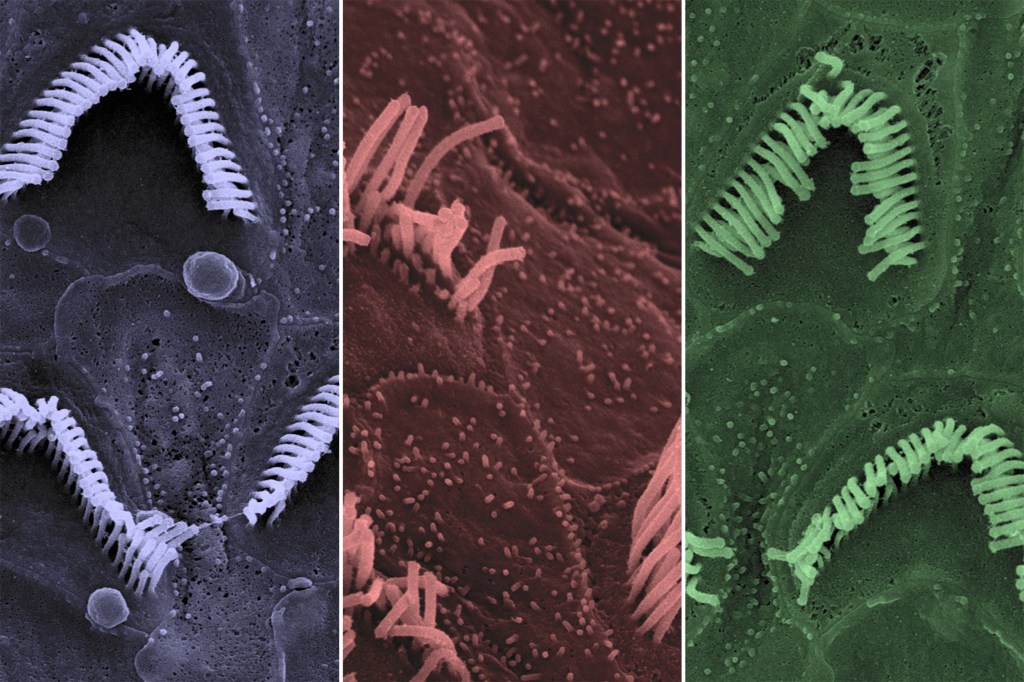
-
Combing out a tangled problem
A new technique speeds creation of nanowire devices, boosting research into what’s happening inside cells.
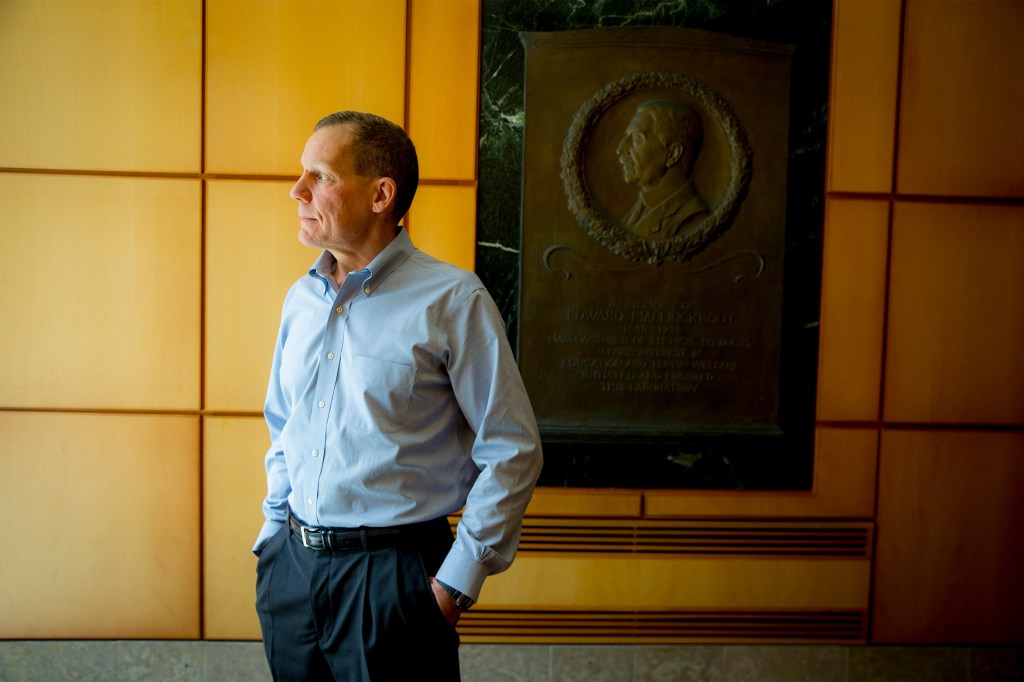
-
Oceans away
A new NASA-funded program will study water worlds and environments to understand the limits of life as part of the search for life on other planets.
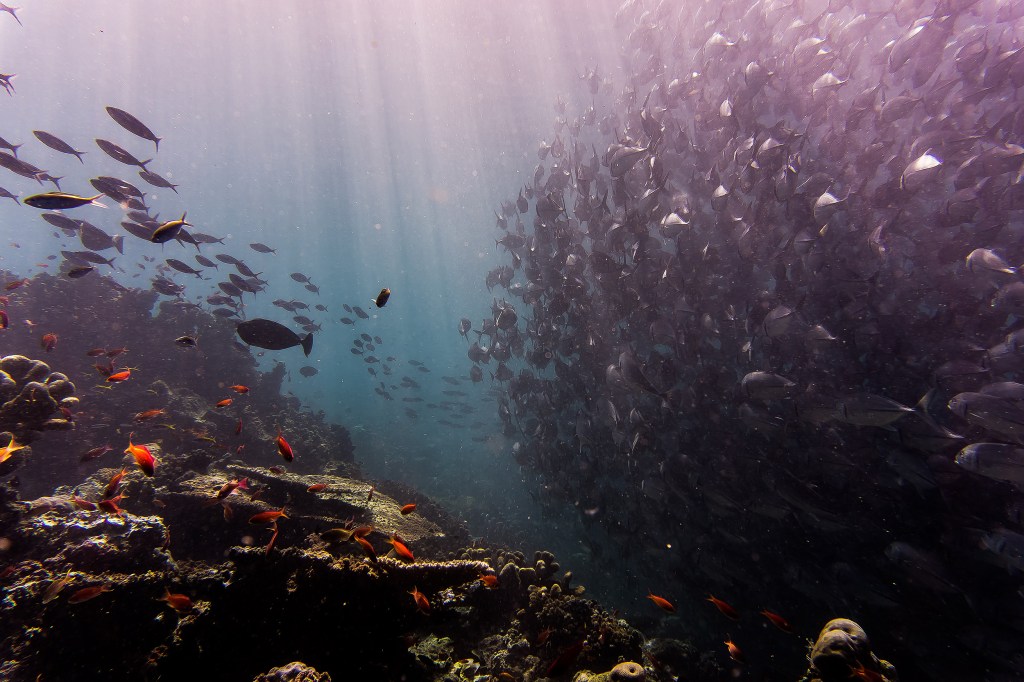
-
Speeding up single-cell genomics research
Harvard researchers have devised a time-saving method that makes it possible to speed up the process of profiling gene regulation in tens of thousands of individual human cells in a single day, a development that promises to boost genomics research.
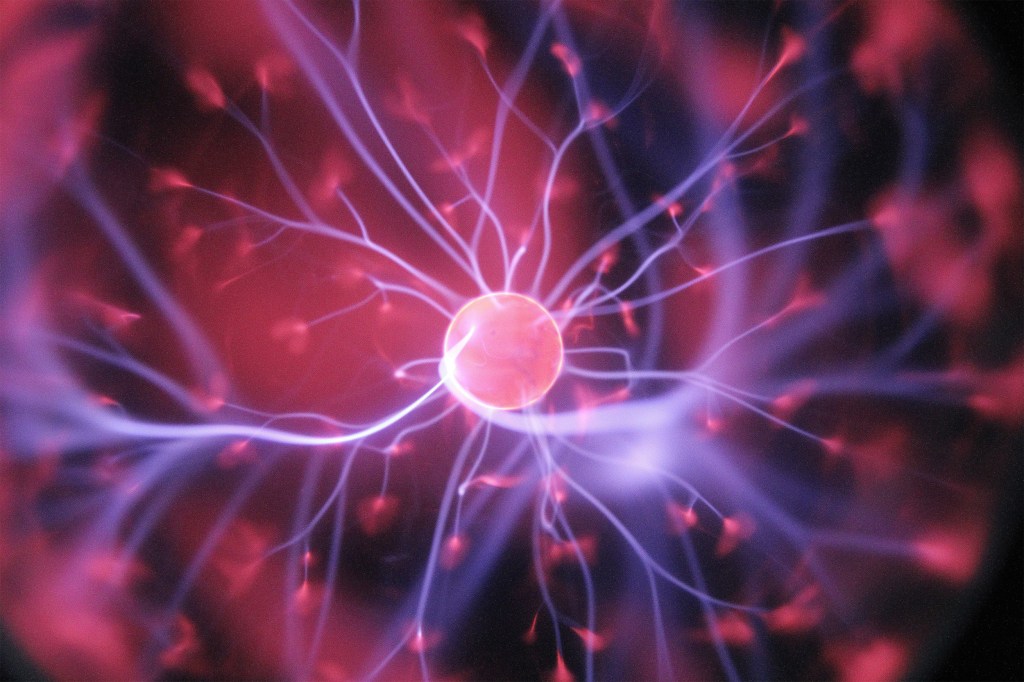
-
The RoboBee flies solo
Several decades in the making, the Harvard Microbiotics Lab’s RoboBee made its first solo flight.
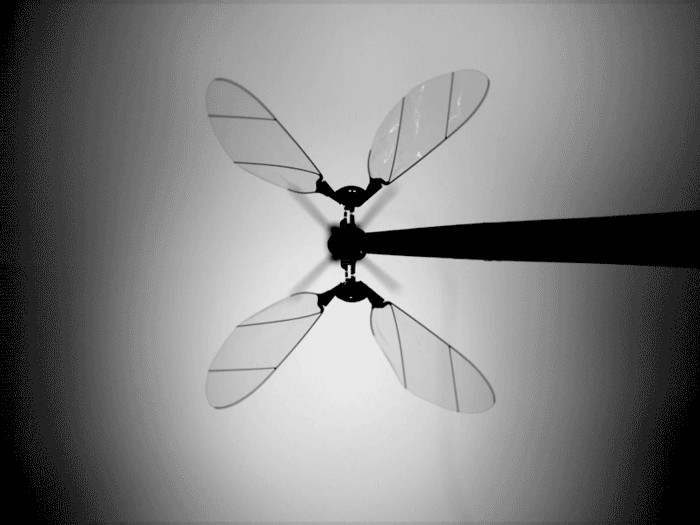
-
Leave those calluses alone
A running-studies pioneer takes a look at walking, with and without shoes, and gives calluses a thumbs-up.
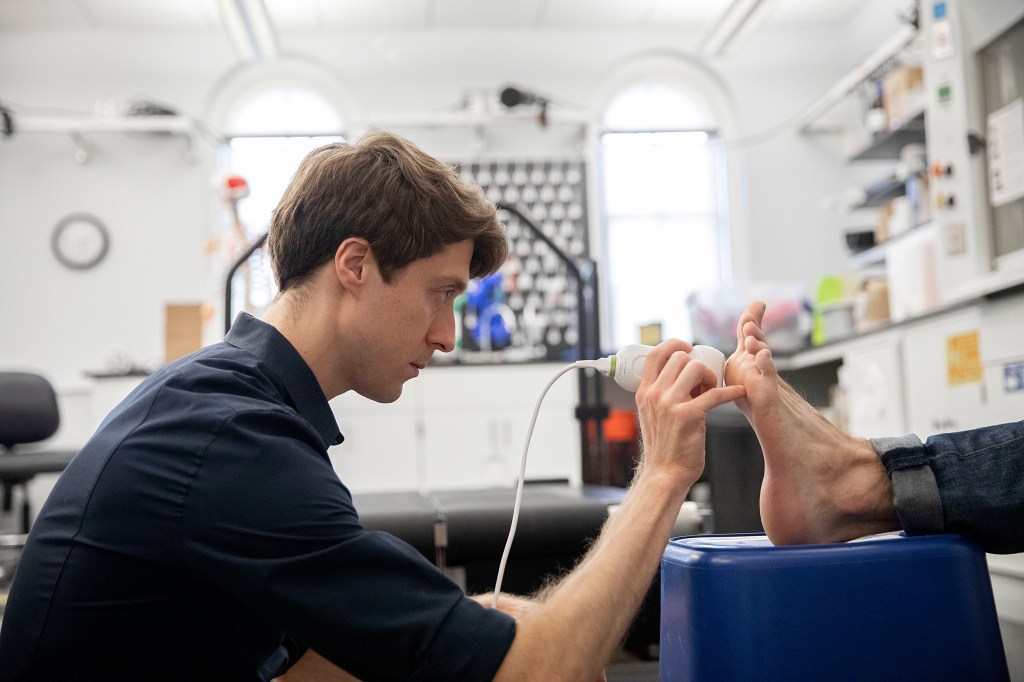
-
Blood-brain barrier chip performs human-like drug and antibody transport
Wyss Institute scientists have developed chip technology that mimics the blood-brain barrier in humans. The new models will help researchers study drugs to treat cancer, neurodegeneration, and other diseases of the central nervous system.
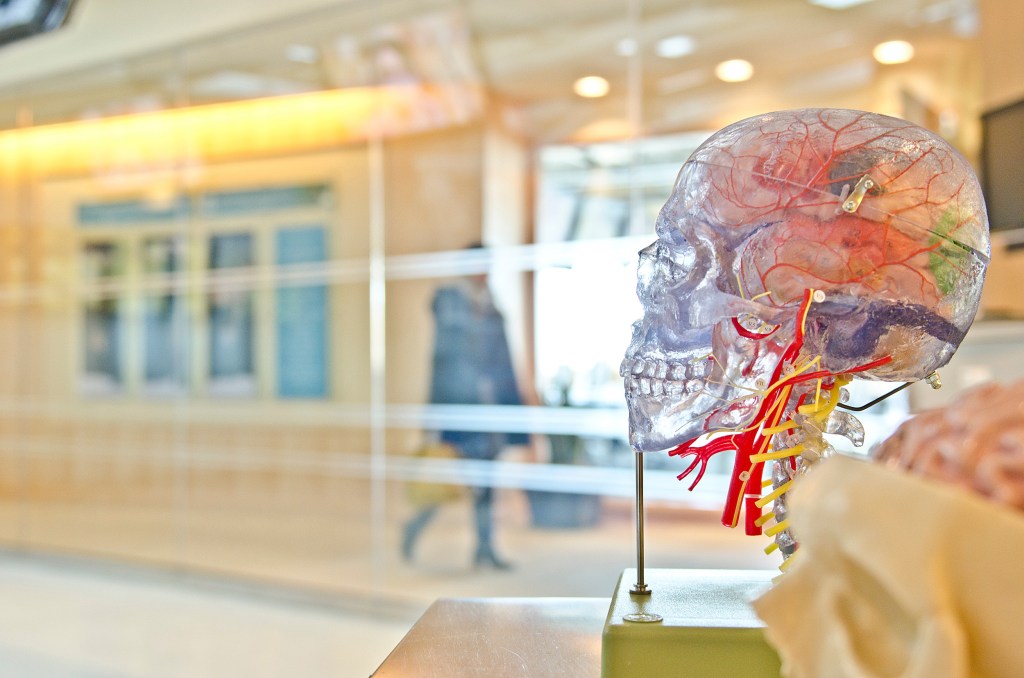
-
The little robot that could
The iRobot Corp. announced its acquisition of Root Robotics, Inc., whose educational Root coding robot got its start as a summer research project at the Wyss Institute for Biologically Inspired Engineering at Harvard University in 2011
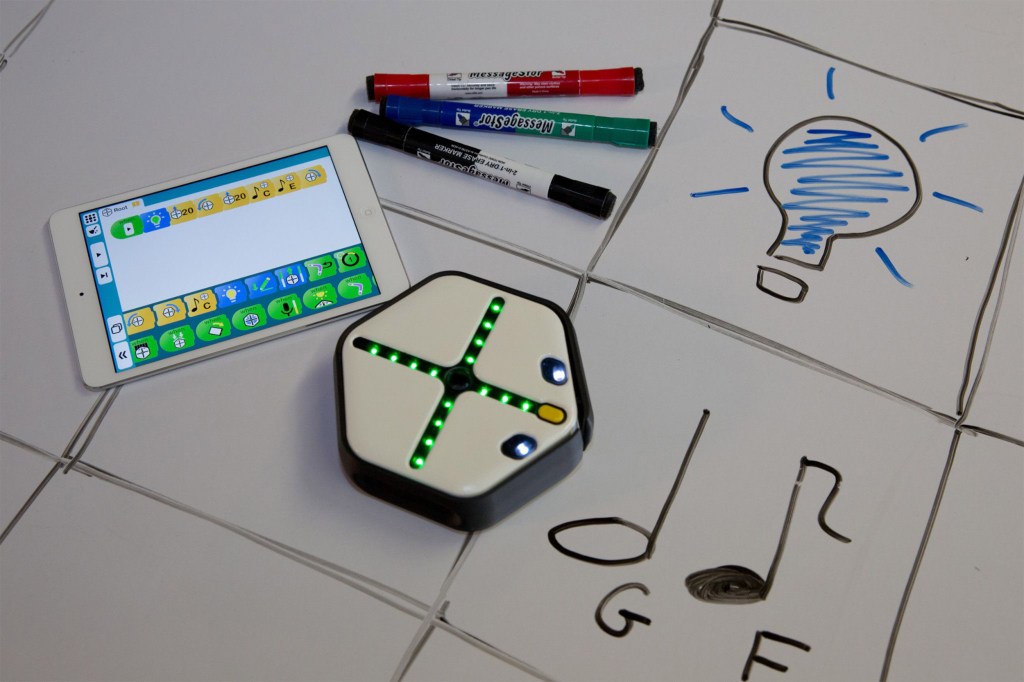
-
The science of the artificial
Researchers propose a new field of study — “machine behavior” — to look at artificial intelligence through the lens of biology, economics, psychology, and other behavioral and social sciences.
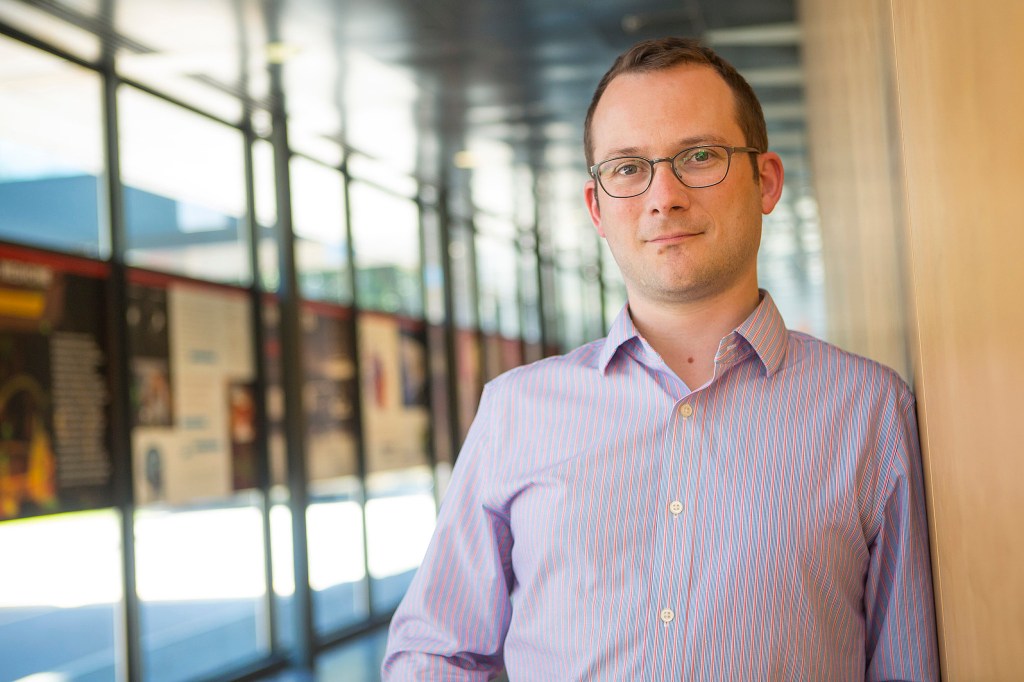
-
Beyond the cloud
Every day, more and more information is filed in less and less space. Even the cloud will eventually run out of space, can’t thwart all hackers, and gobbles up energy. Now, a new way to store information could stably house data for millions of years.
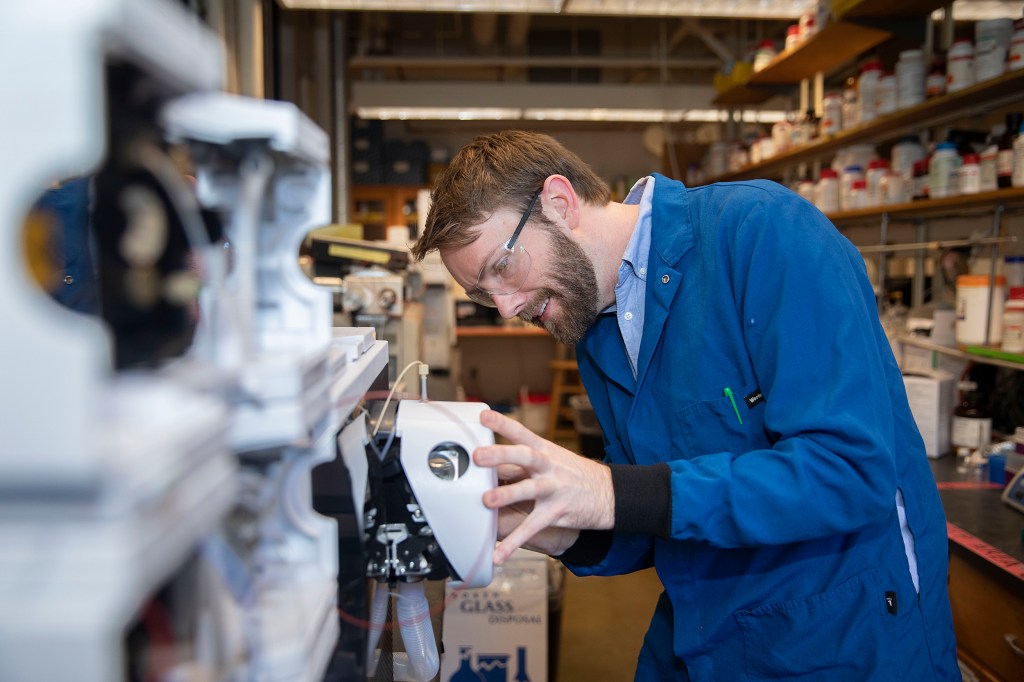
-
No laughing matter
A recent study shows that nitrous-oxide emissions from thawing Alaskan permafrost are about 12 times higher than previously assumed. About a quarter of the Northern Hemisphere is covered in permafrost, which is thawing at an increasing rate. And, even though researchers are monitoring carbon dioxide and methane, no one seems to be monitoring N2O, the most potent greenhouse gas.
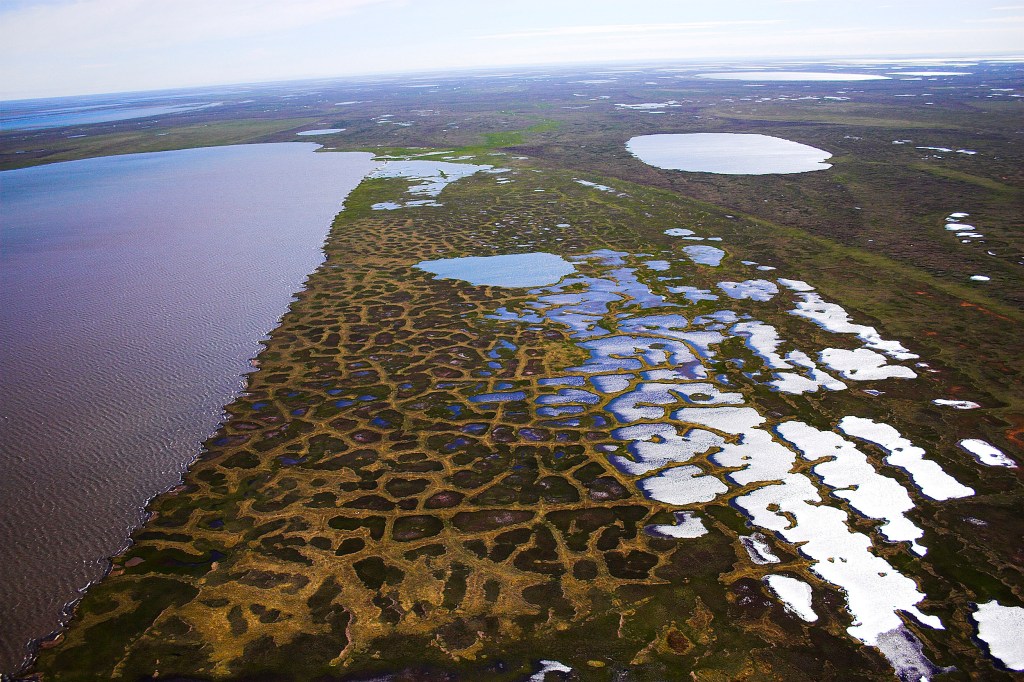
-
Forward thinking
Research led by scientists at Harvard and the Broad Institute has optimized the process of making human brain “organoids” — miniature 3D organ models — so they consistently follow growth patterns observed in the developing human brain.
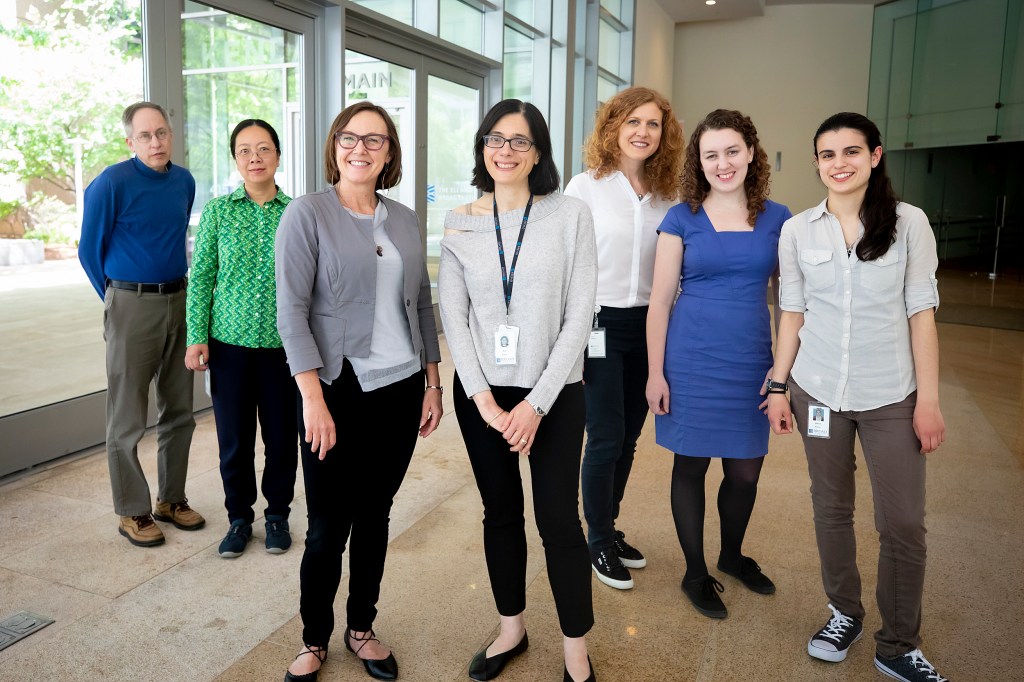
-
Editing genes at the source
Study shows how genes could be edited in stem cells within intact organs, without having to remove them from their normal environment. The new approach could treat a variety of diseases.
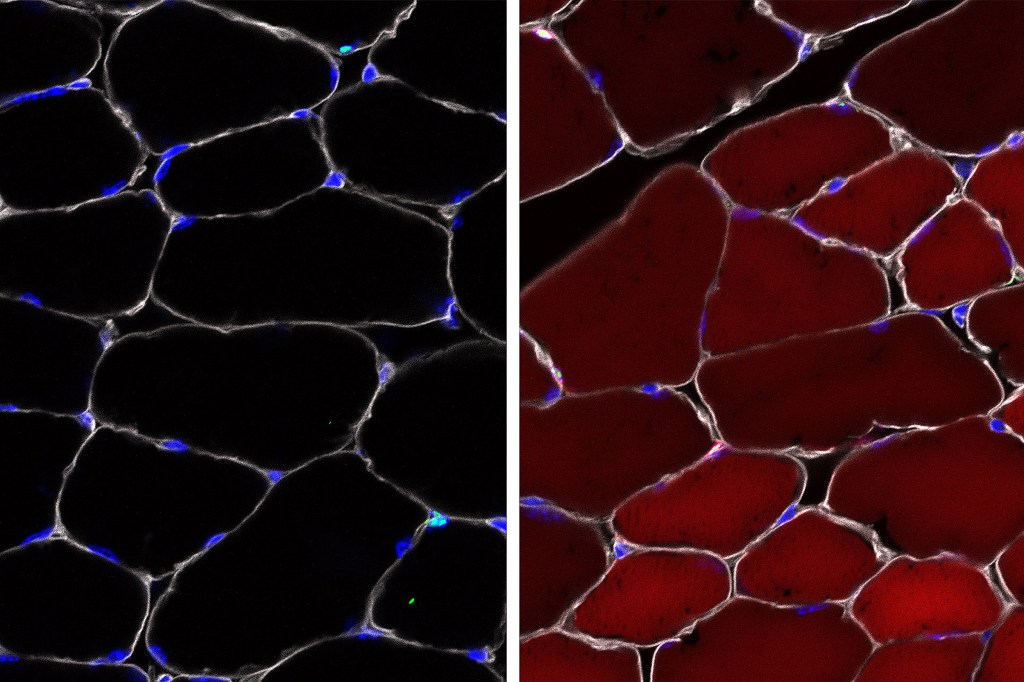
-
A new vision for neuroscience
For decades scientists have been searching for a way to watch a live broadcast of neurons firing in real time. Now, a Harvard researcher has done it with mice.
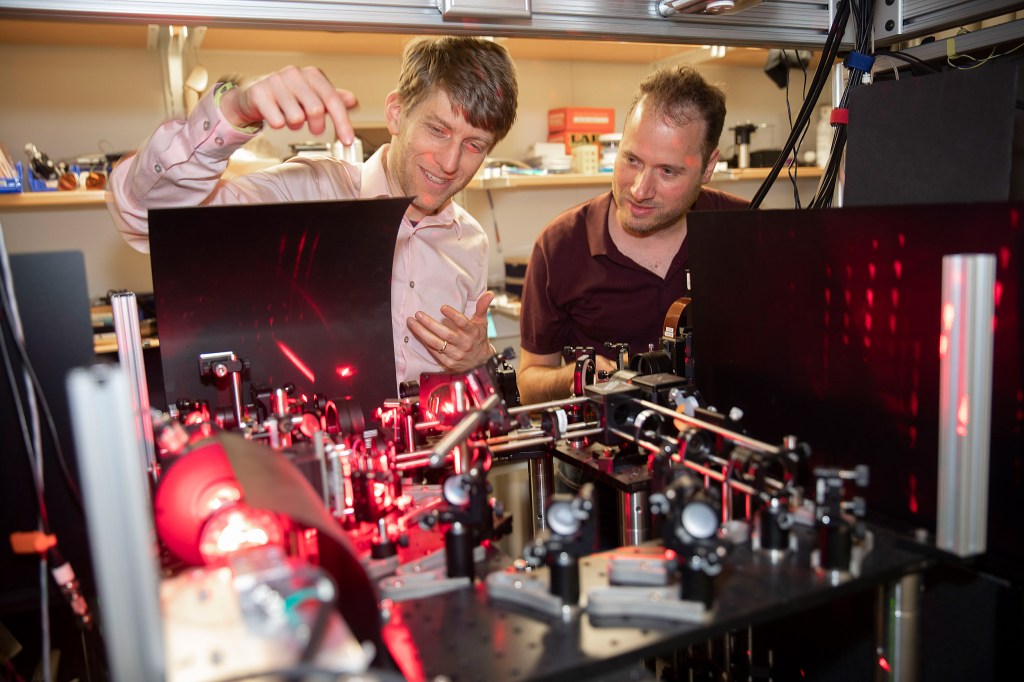
-
Researcher connects the dots in fin-to-limb evolution
With an innovative technique called anatomical network analysis, clear patterns emerge that help solve the puzzle of how fins became limbs 420 million years ago.
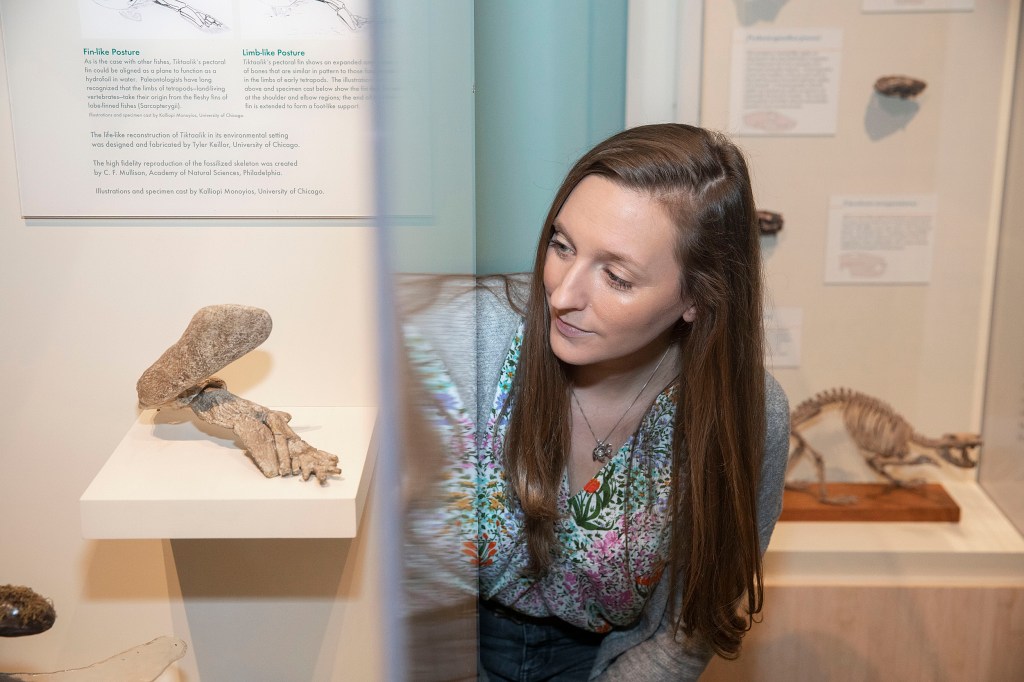
-
Learning why cancer drugs work (or don’t)
Assistant Professor Brian Liau of the Chemistry and Chemical Biology Department has answered the question of why some new drugs for acute myeloid leukemia don’t work by combining CRISPR gene editing with small-molecule inhibitor treatments in a technique he calls CRISPR-suppressor scanning.
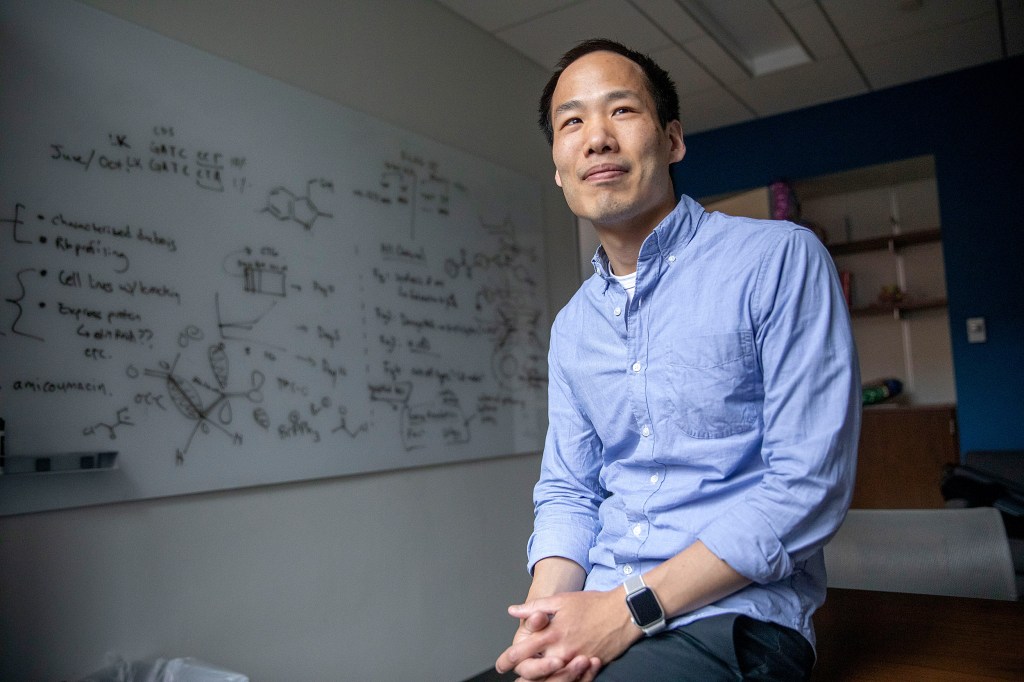
-
The evolution of flightless birds
Based on an analysis of the genomes of more than a dozen flightless birds, including an extinct moa, a team led by Harvard researchers found that while different species show wide variety in the protein-coding portions of their genomes, they appear to turn to the same regulatory pathways when evolving flight loss.
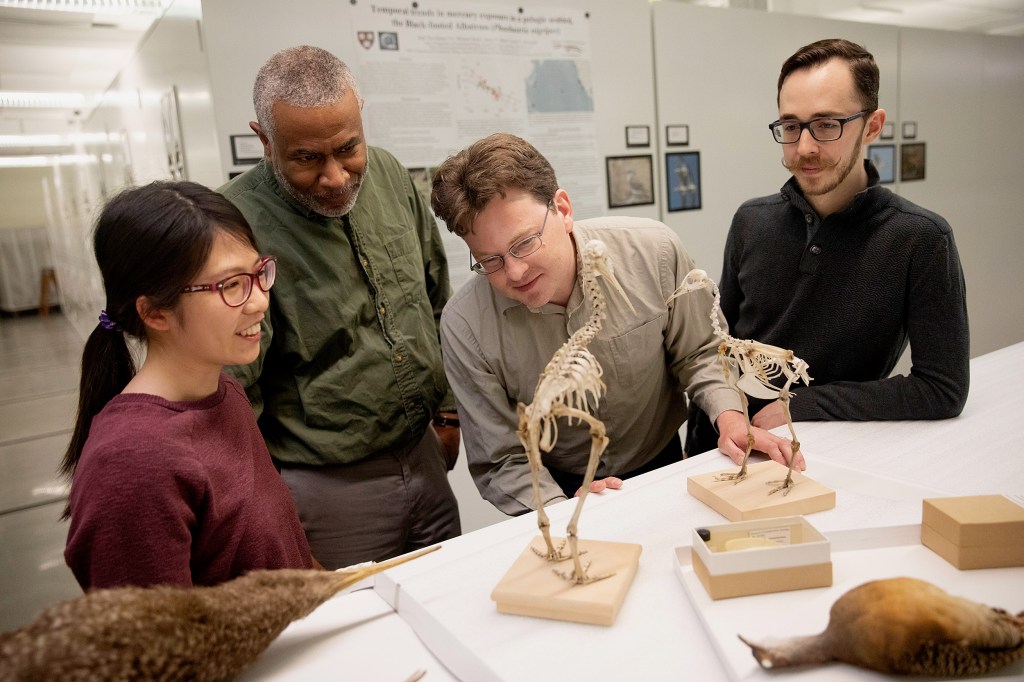
-
Easy on the eyes
New computer program uses artificial intelligence to determine what visual neurons like to see. The approach could shed light on learning disabilities, autism spectrum disorders, and other neurologic conditions.

-
Researchers ID molecules that rein in CRISPR systems
Scientists have identified the first chemical compounds able to inhibit and regulate CRISPR systems, which could ultimately make CRISPR gene-editing technologies more precise, efficient, and safe.
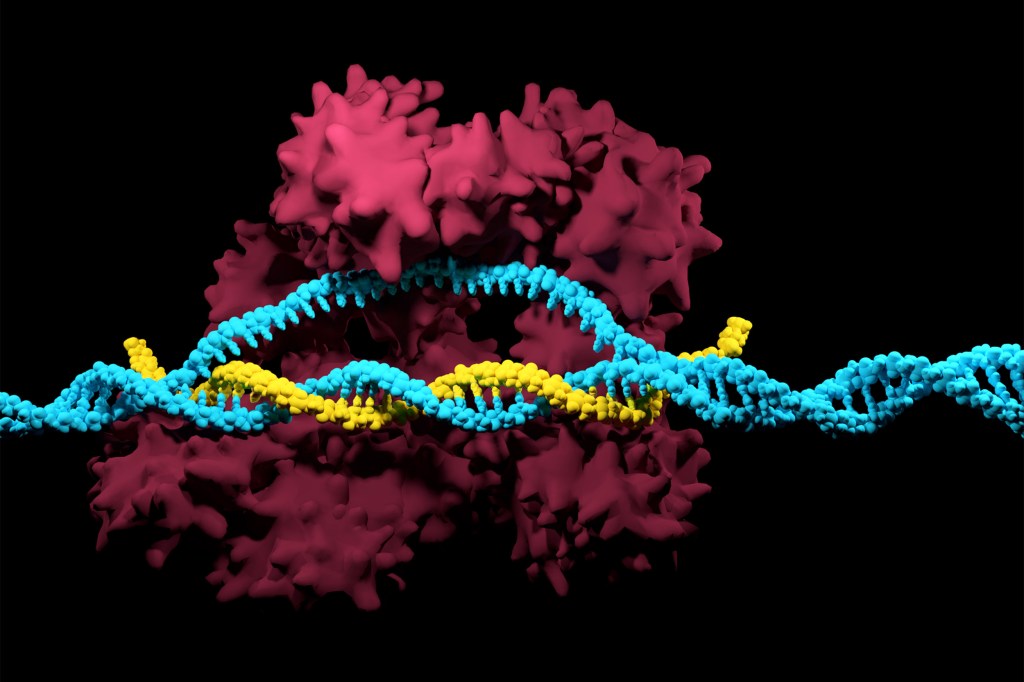
-
AI model predicts TB resistance
A Harvard undergrad, working with Harvard Medical School scientists, has designed an artificial intelligence model that predicts tuberculosis resistance to 10 most commonly used drugs. The new model outperforms previous machine-learning tools, and incorporating it into clinical tests could dramatically enhance early detection and prompt treatment of drug-resistant TB.

-
Embedded EthiCS wins $150,000 grant
A joint program of the computer science and philosophy departments, Embedded EthiCS has won a $150,000 grant as part of the Responsible Computer Science Challenge sponsored by Omidyar Network, Mozilla, Schmidt Futures, and Craig Newmark Philanthropies.
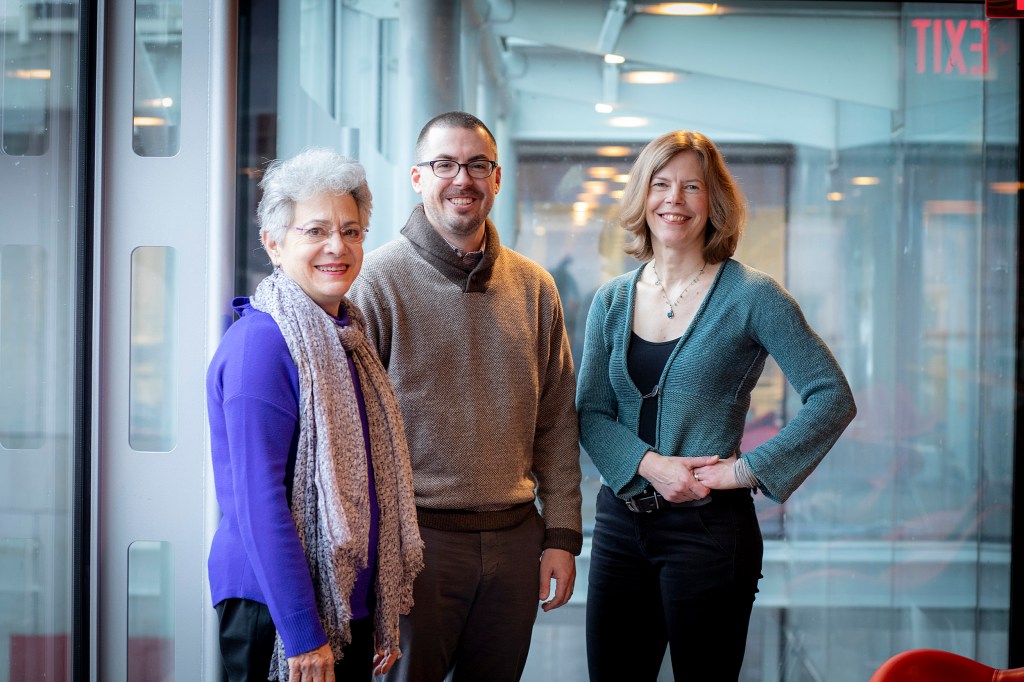
-
Ultra-high-speed Wi-Fi breakthrough
In a breakthrough on the road toward ultra-high-speed Wi-Fi, Harvard researchers have demonstrated for the first time a laser that can emit microwaves wirelessly, modulate them, and receive external radio frequency signals.
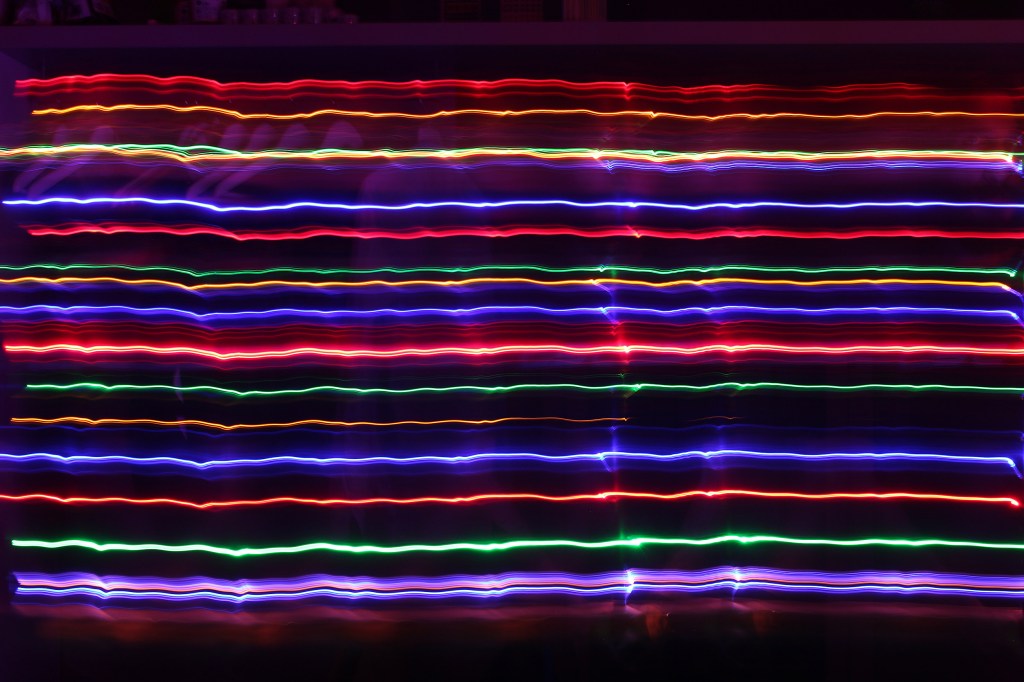
-
Day of the golden jackal
The surprising success story of the golden jackal in Europe holds lessons about nature’s resilience and about how nature might respond to the evolutionary pressure exerted by humans as we change the natural landscape. The Gazette spoke with doctoral student Nathan Ranc for insight.
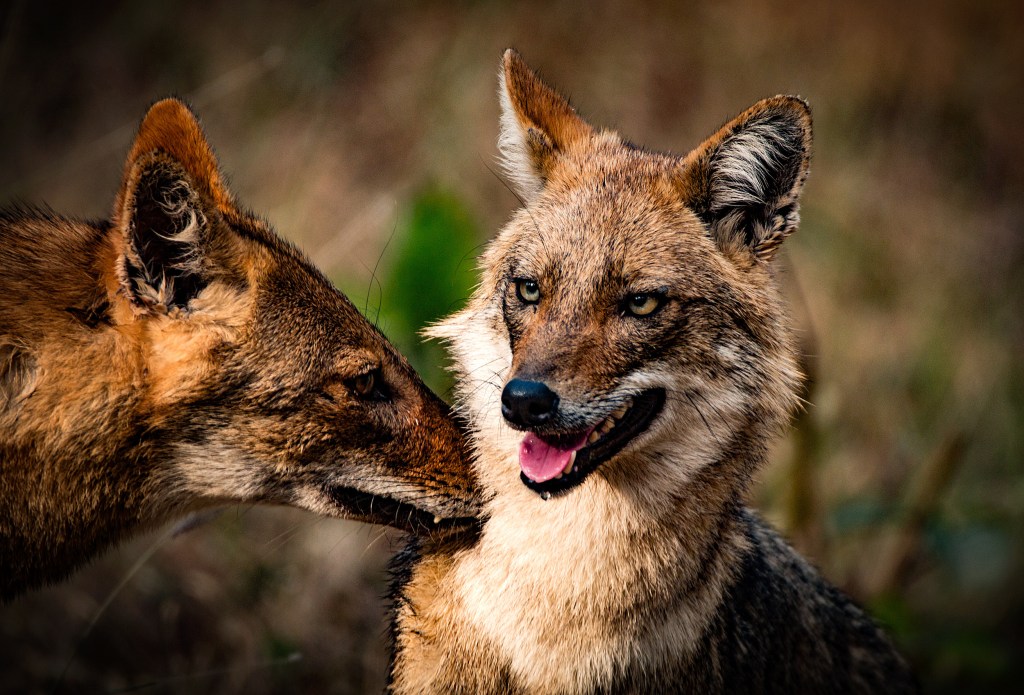
-
Arboretum gets a solar boost
The Weld Hill Solar Project, currently underway, is the Arnold Arboretum’s third and largest solar project and Harvard’s most ambitious sustainability initiative to date, with nearly 1,300 solar panels powering a 45,000-square-foot science laboratory and teaching facility in Roslindale.
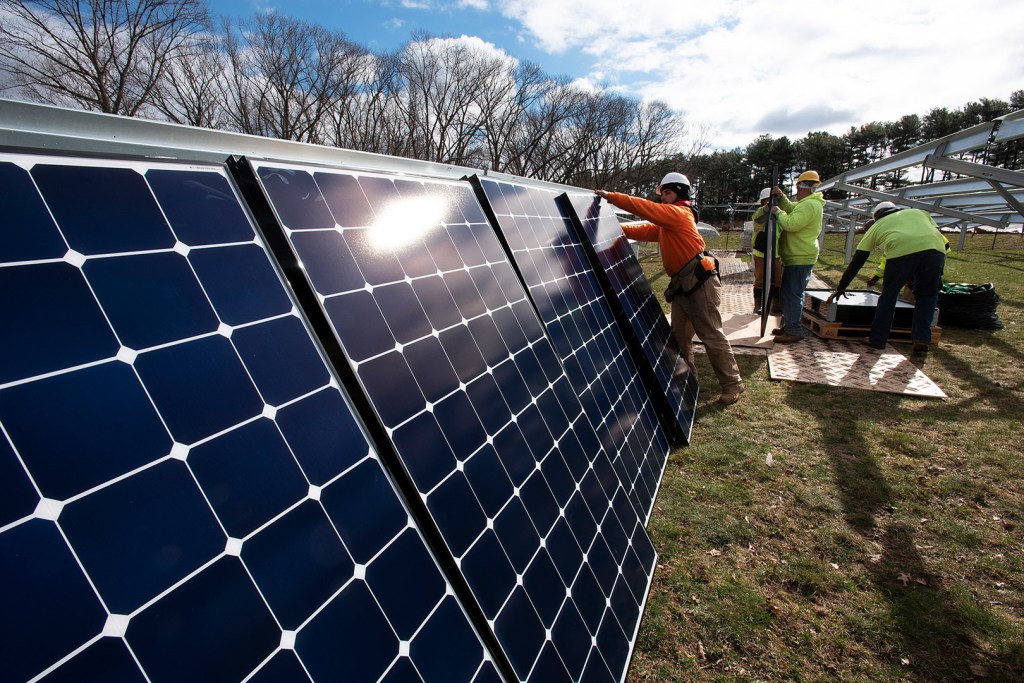
-
Written in the bones
Harvard doctoral students offered a glimpse of the future of evolutionary inquiry, outlining projects that touch on the human pelvis, butterfly hybrids, field and forest mice, and the mystery of an ancient pile of bones.
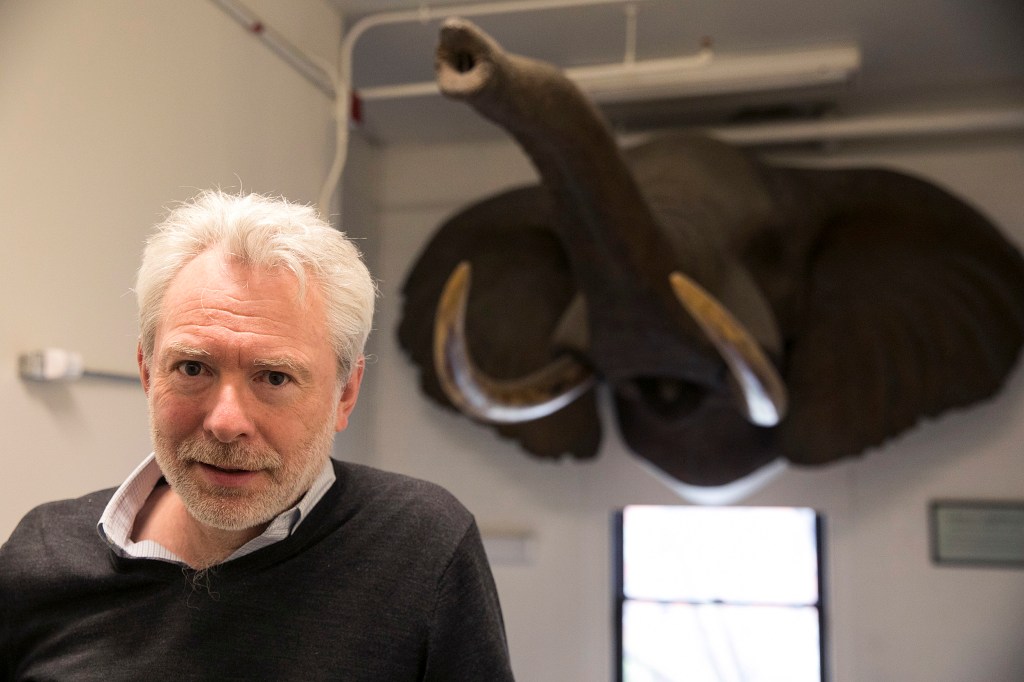
-
Containing the sun
Scientists from Harvard and Princeton have teamed up to create an artificial intelligence algorithm that can predict destructive disruptions in nuclear fusion experiments
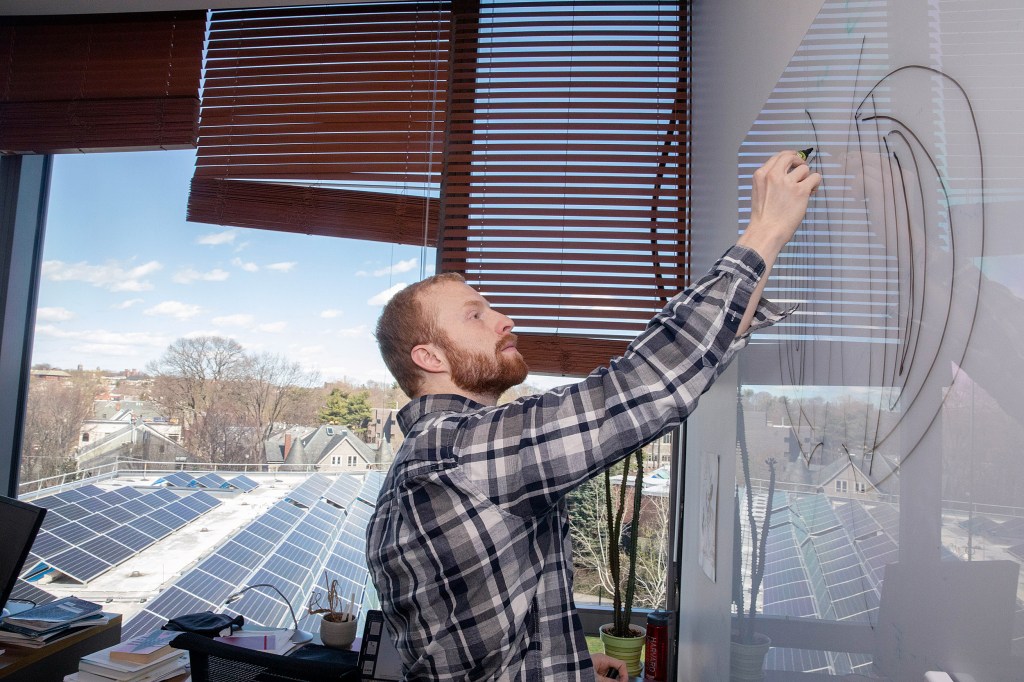
-
Protecting P-town
Architect and GSD Professor Scott Cohen discusses his studio course that considered how architects could help his beloved Provincetown, Mass., address the prospect of rising seas due to climate change while still retaining its quirky magic.

-
Rocketwoman
Fifty years ago this summer, Neil Armstrong took his “giant leap for mankind” on the moon. In his wake hundreds of others have flown into space, including Ellen Ochoa, a four-time shuttle astronaut who stepped down as director of the Johnson Space Center in 2018 and is currently a visiting fellow at the Harvard Kennedy School’s Center for Public Leadership.
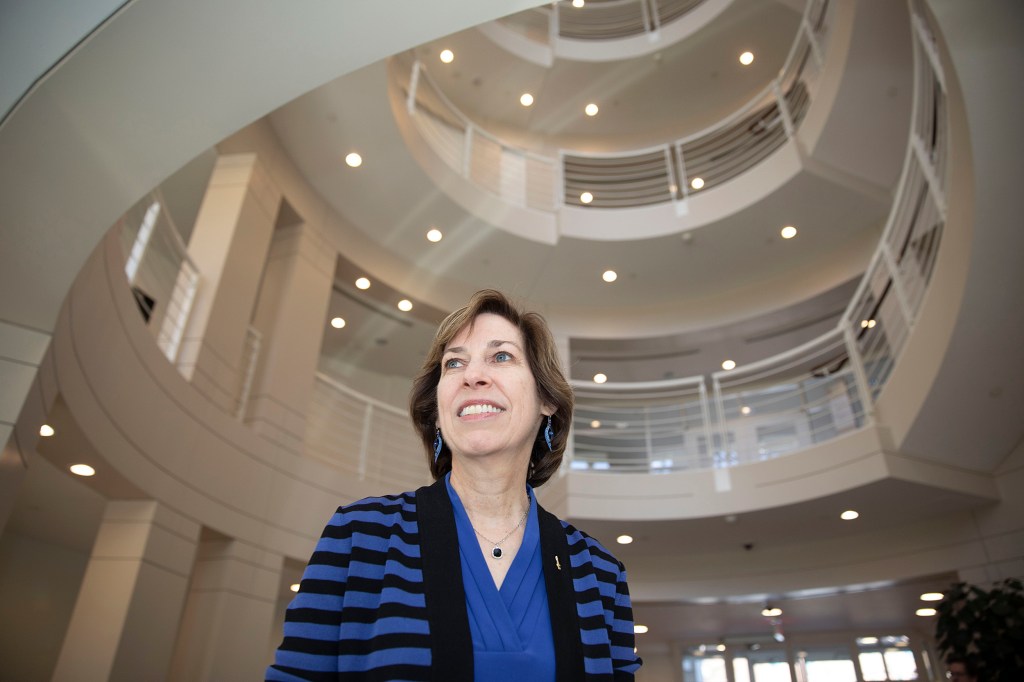
-
Clearing the way for cleaner air in China
Researchers have analyzed technical and economic viability for China to move toward carbon-negative electric power generation and found that China can do so in an economically competitive way.
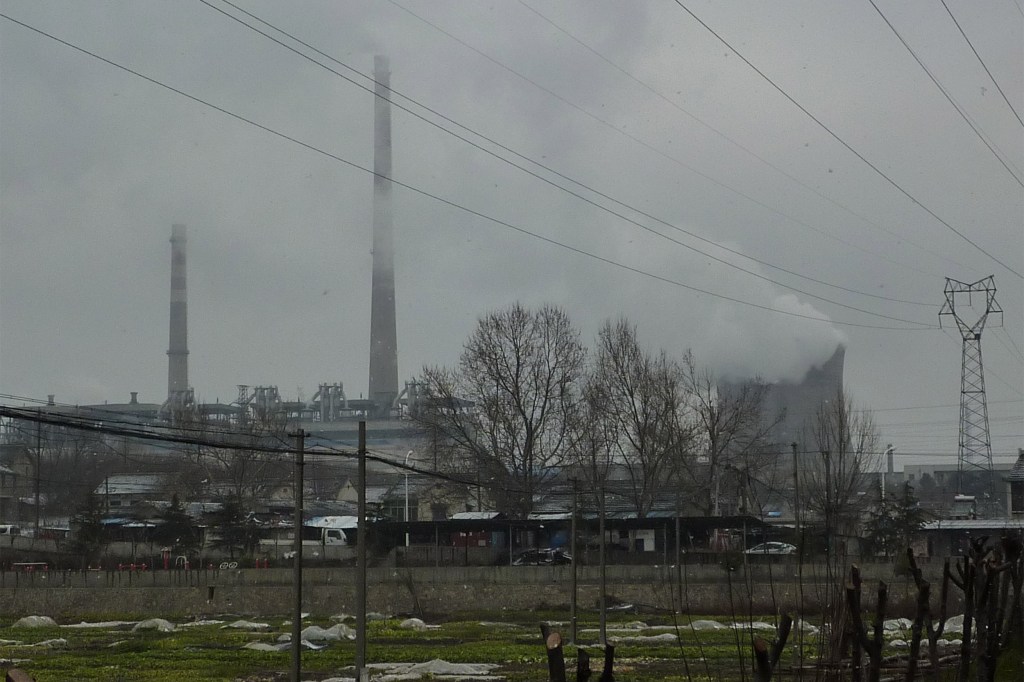
-
Before the Big Bang
Harvard researchers are proposing using a “primordial standard clock” as a probe of the primordial universe. The team laid out a method that may be used to falsify the inflationary theory experimentally.
